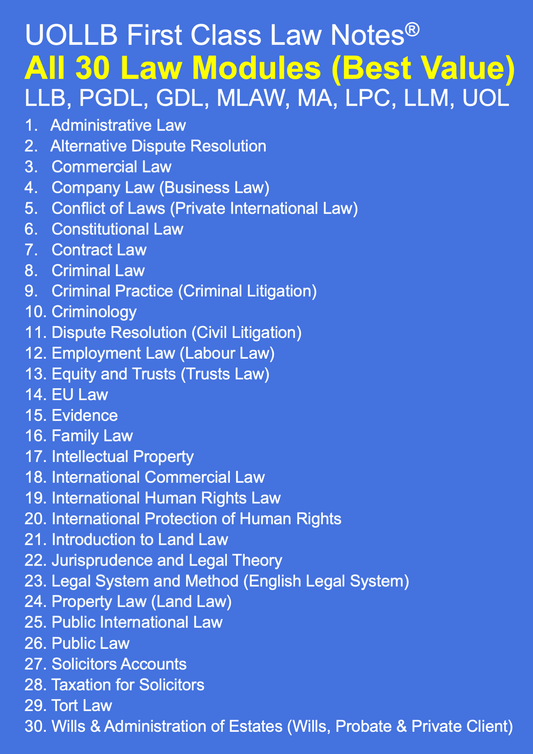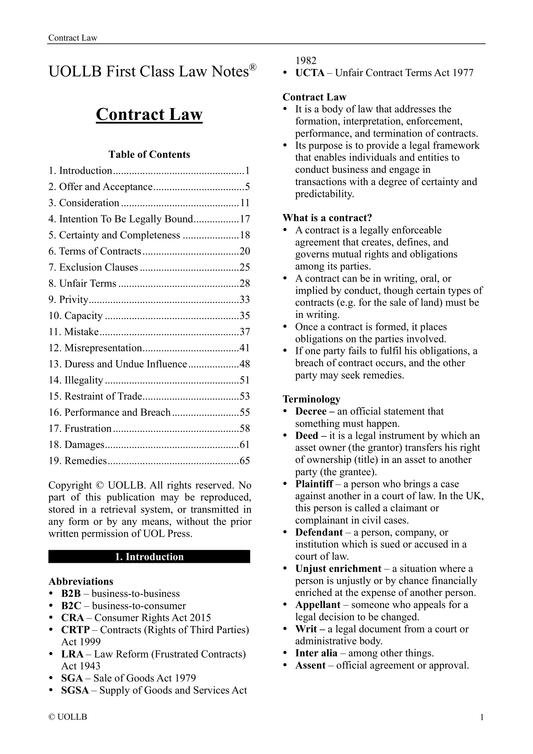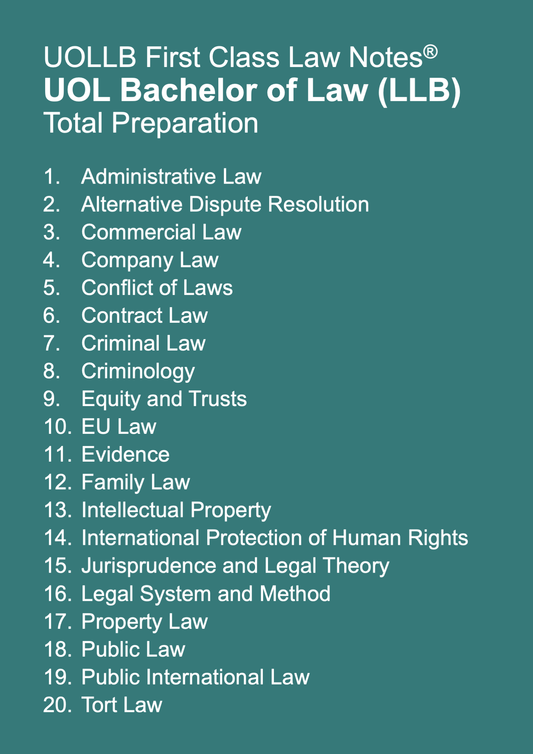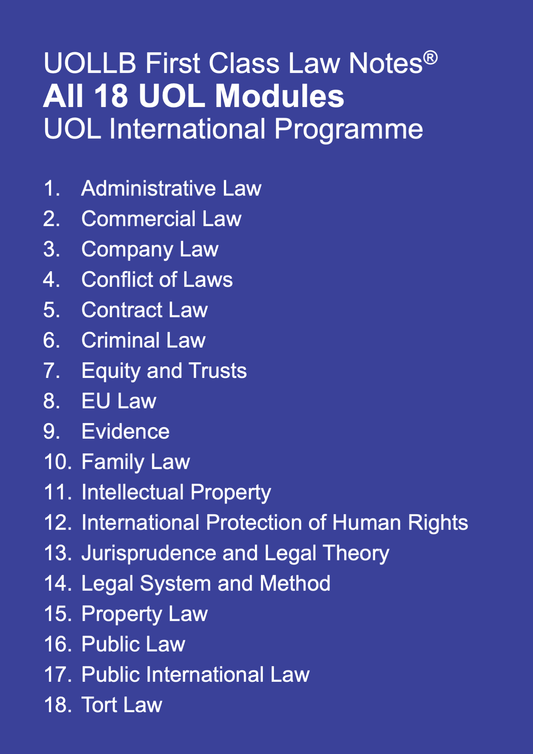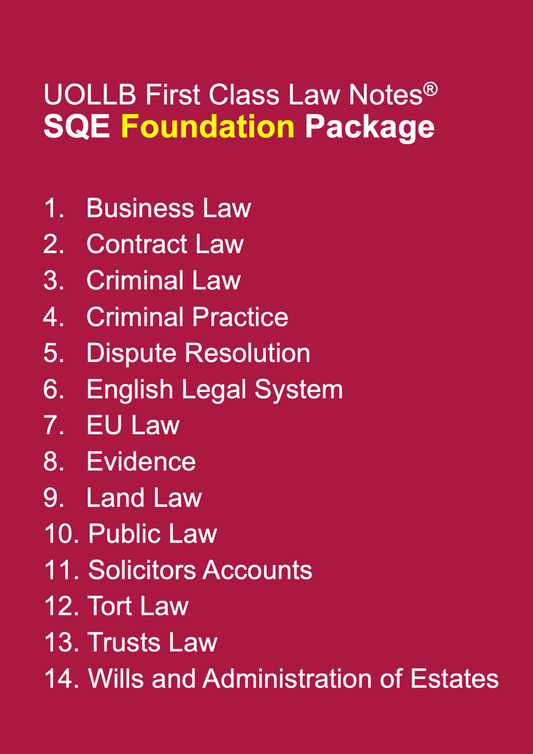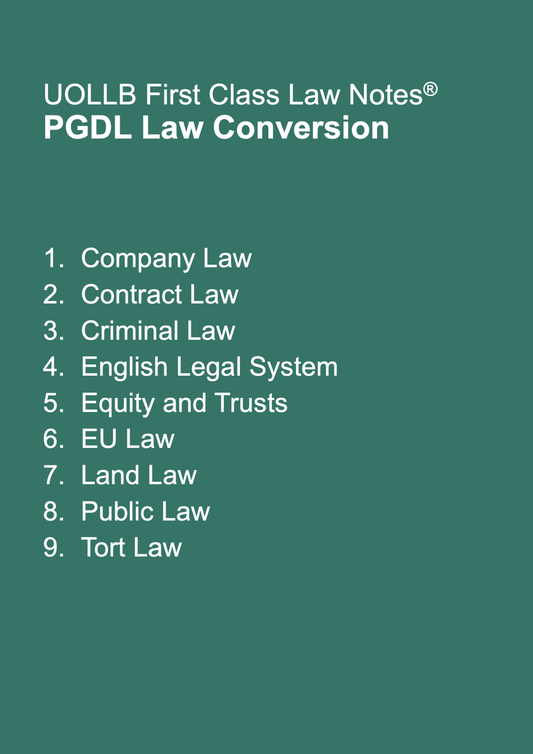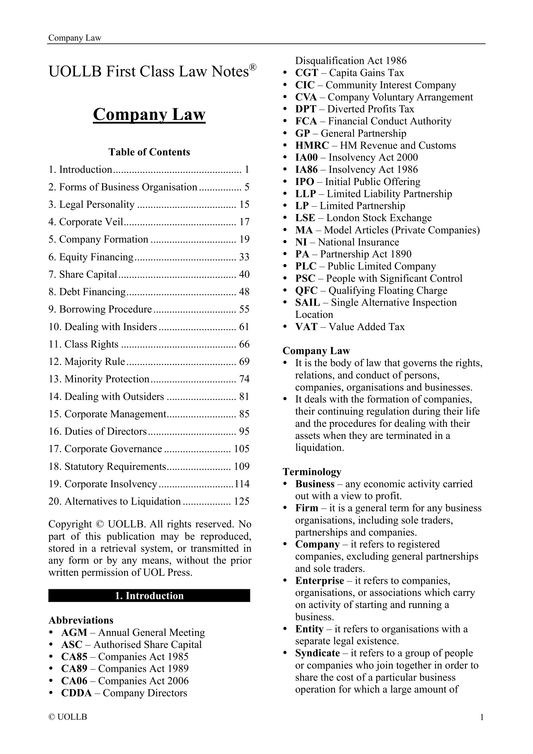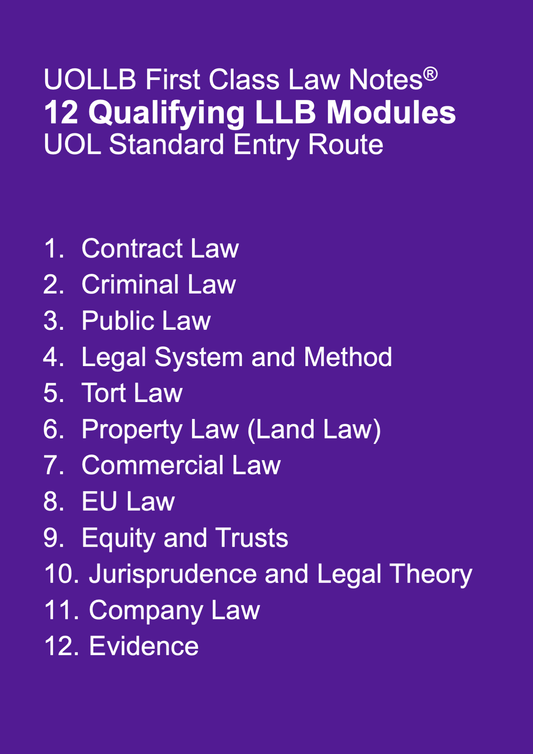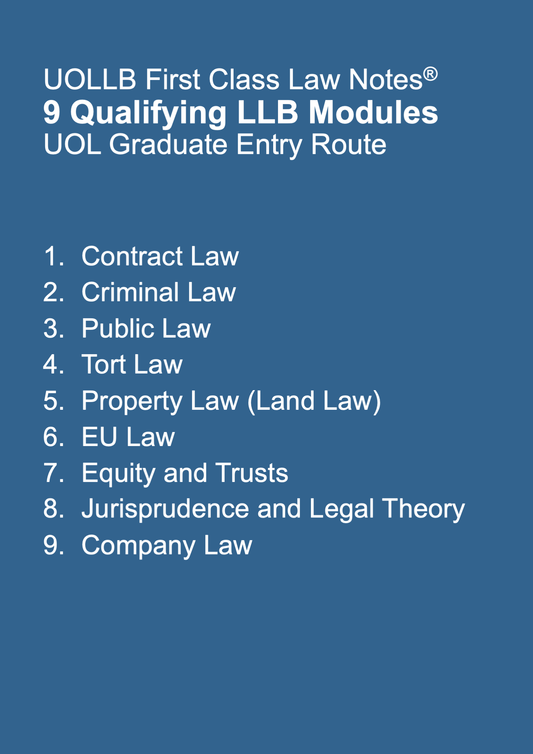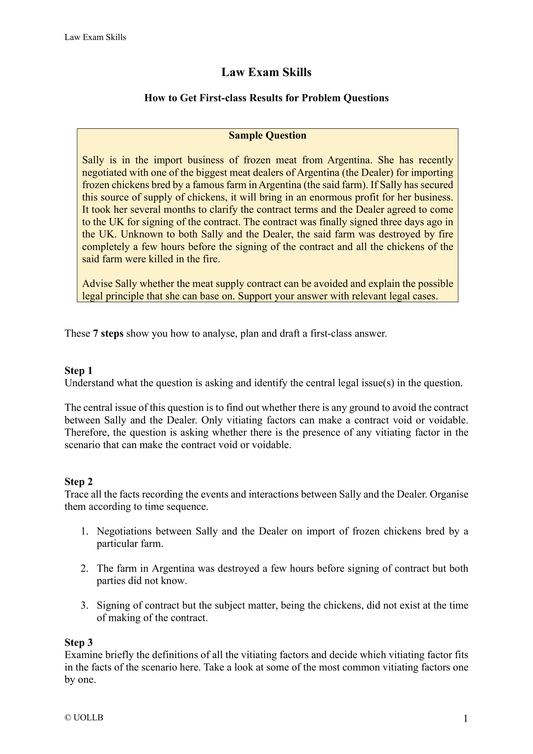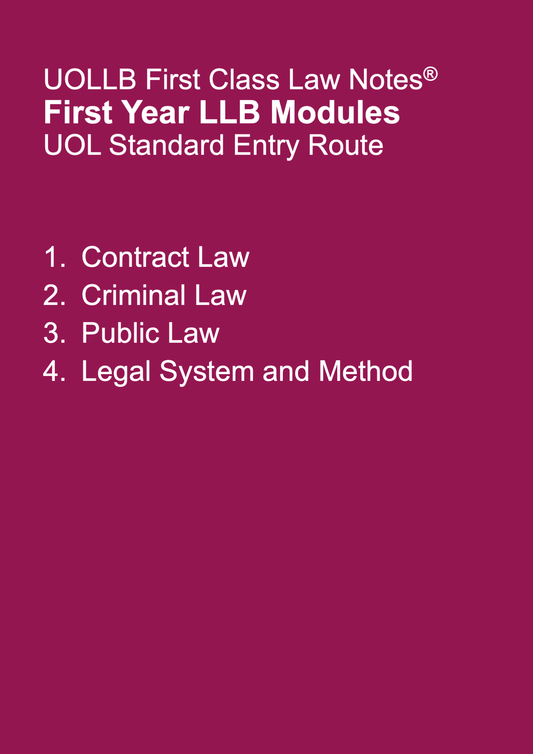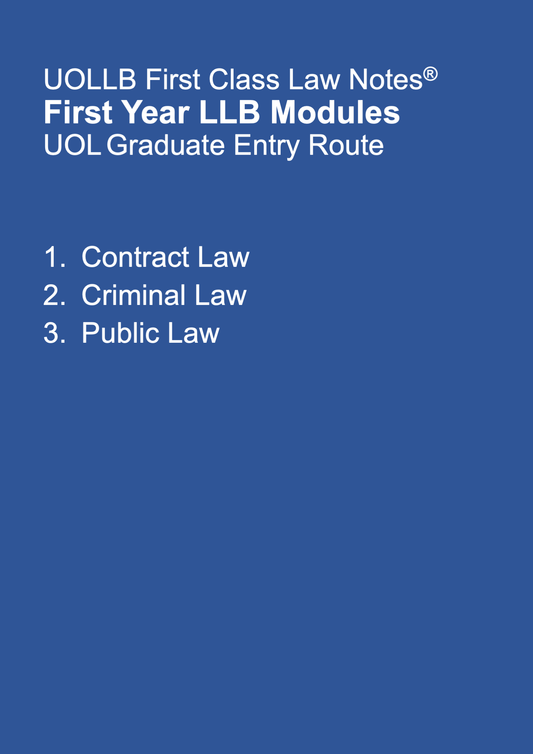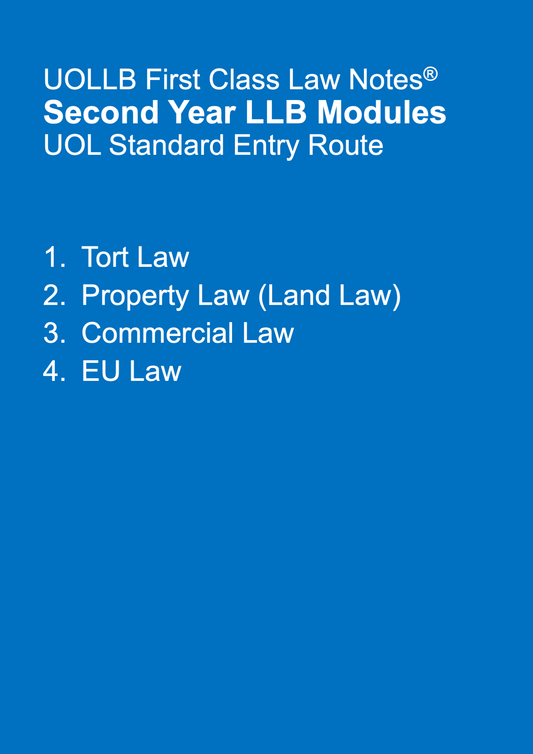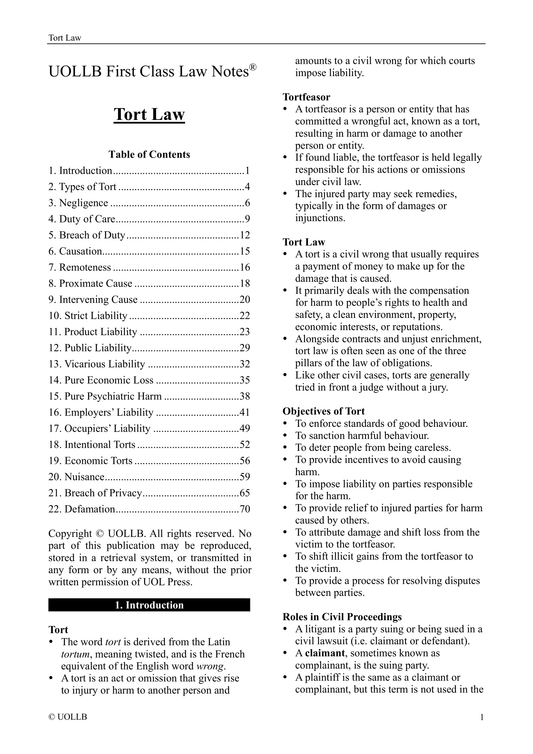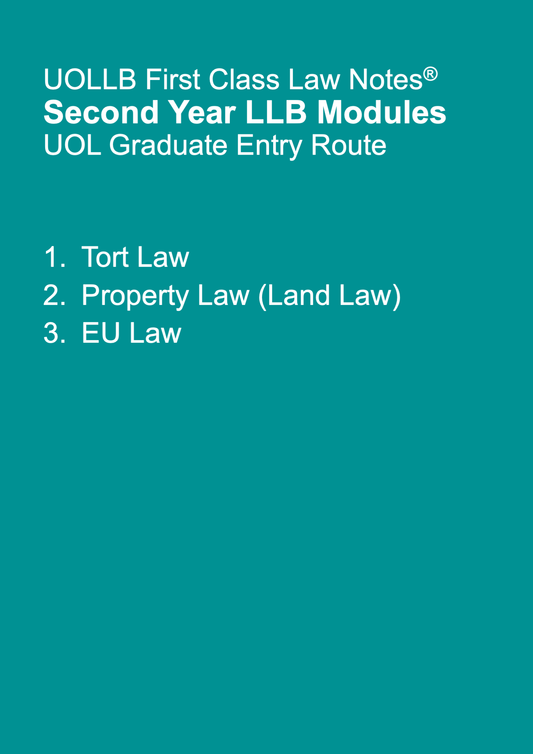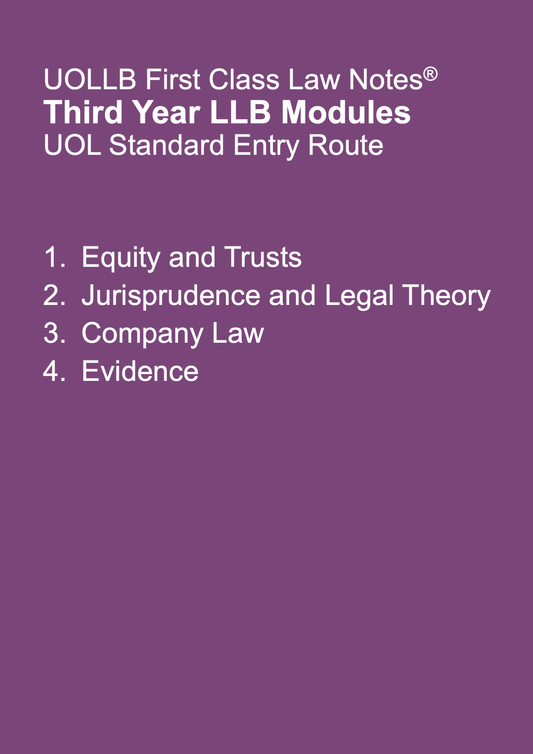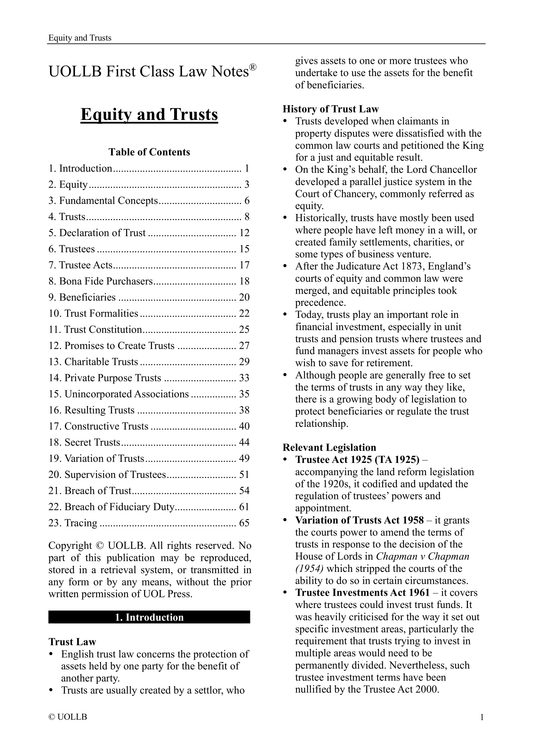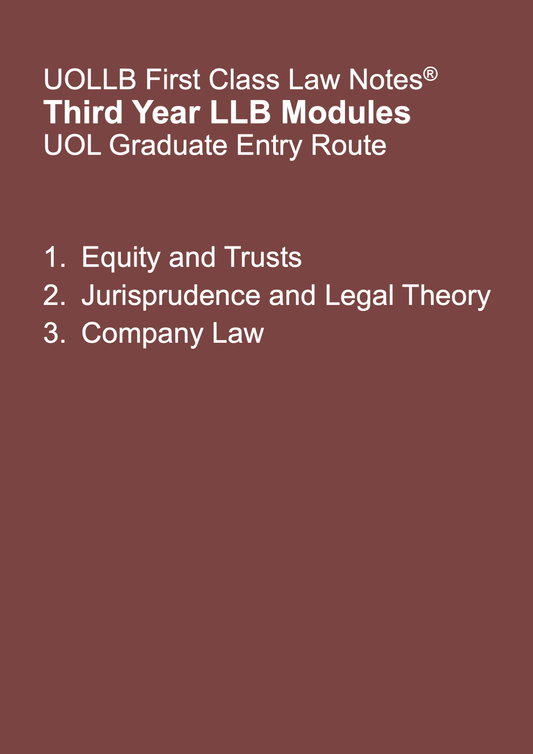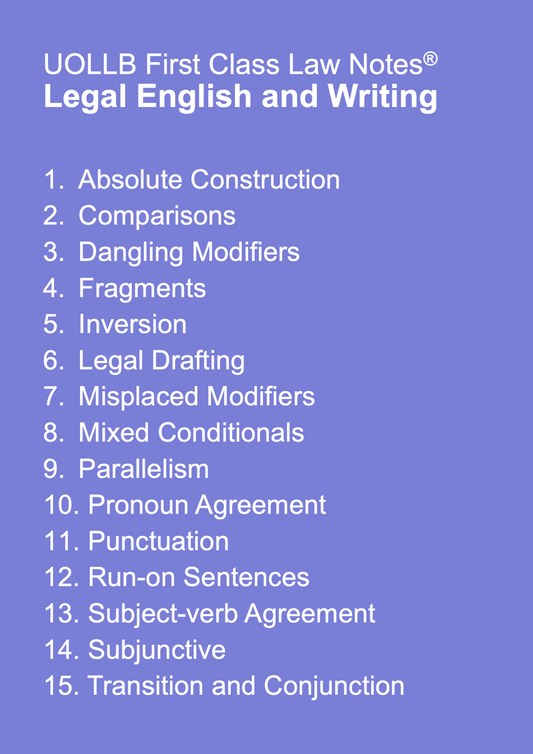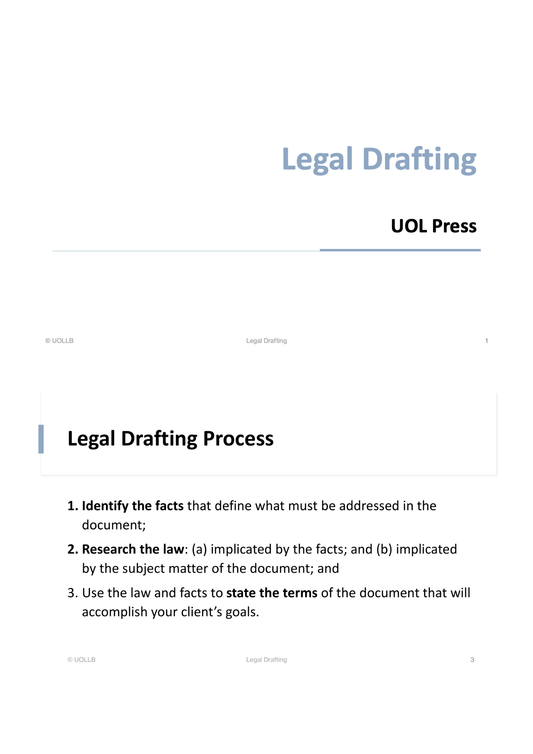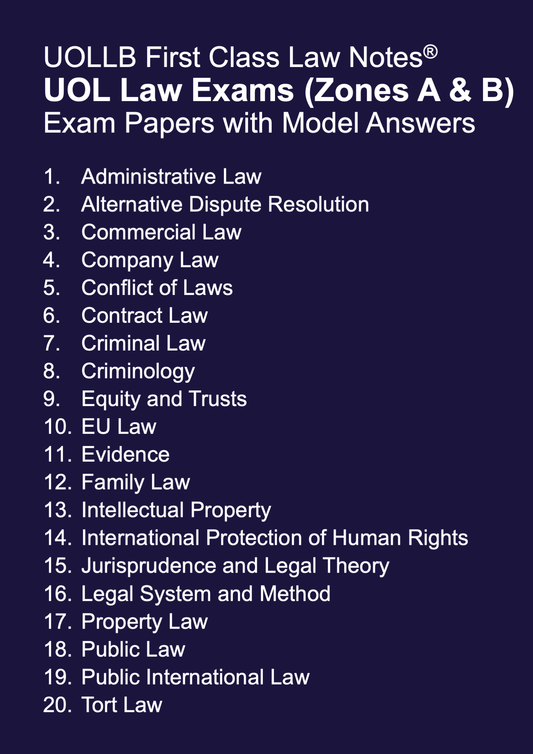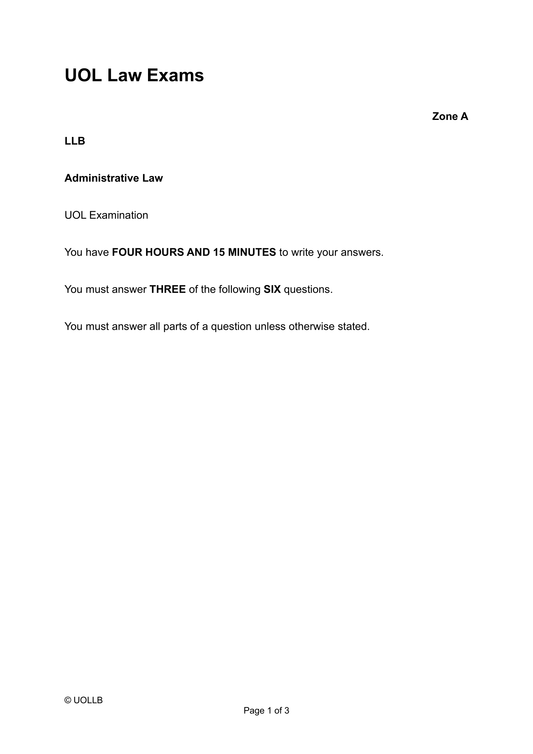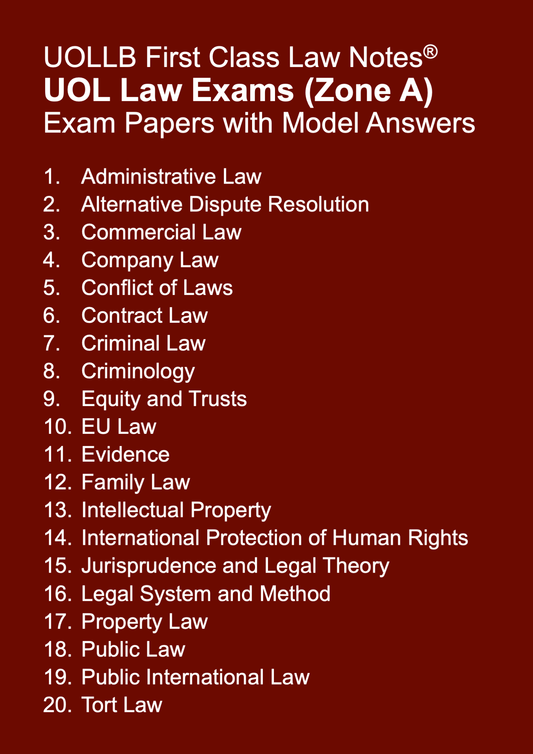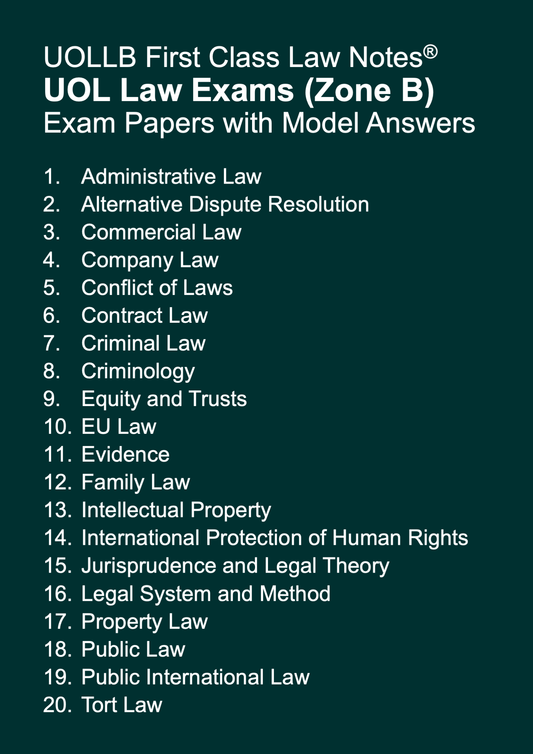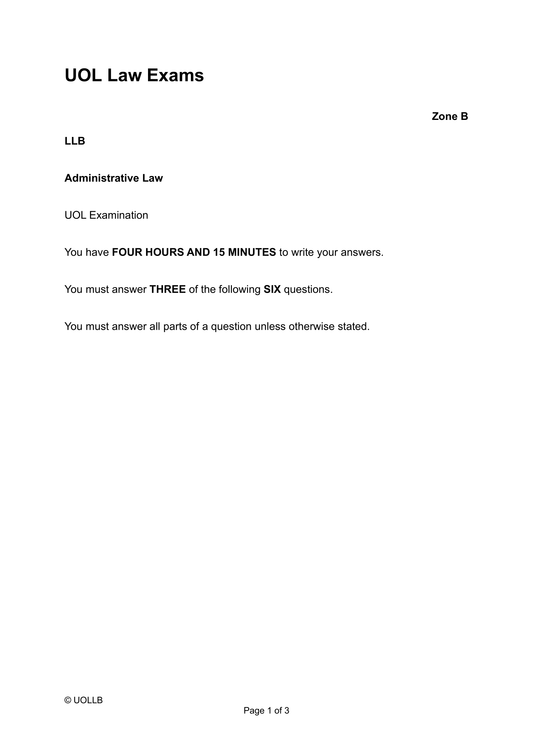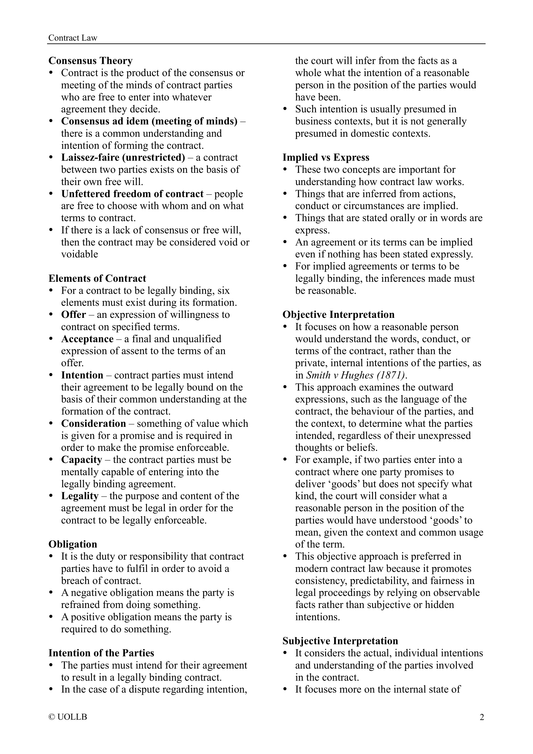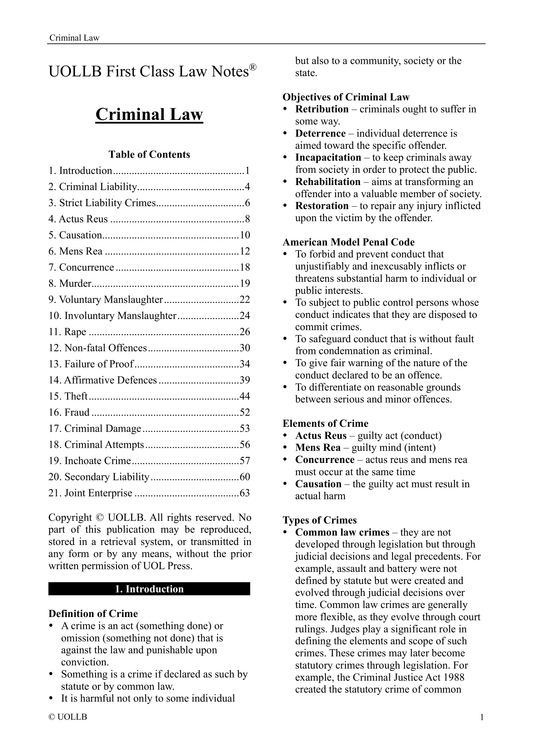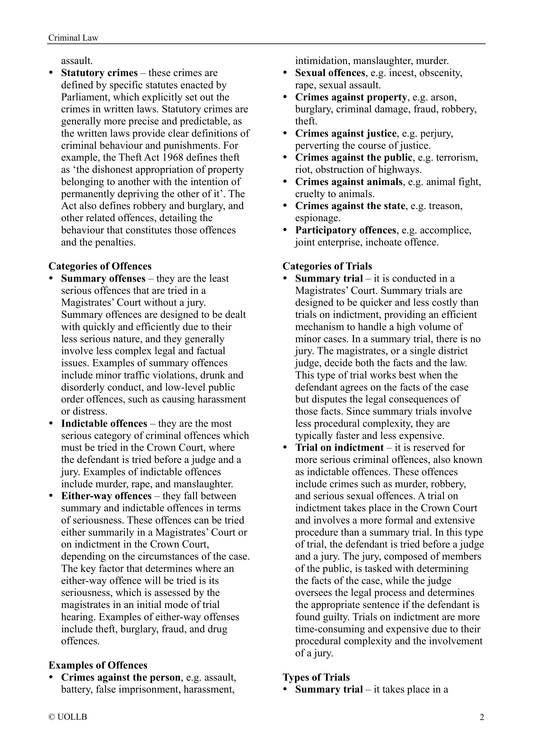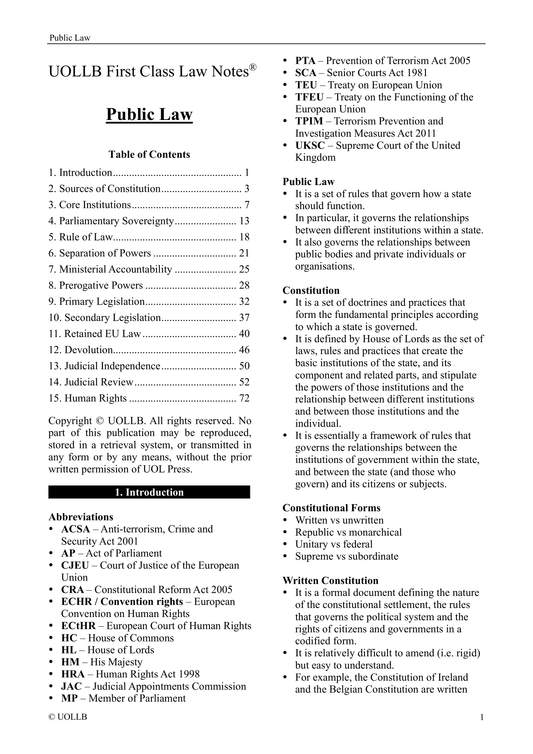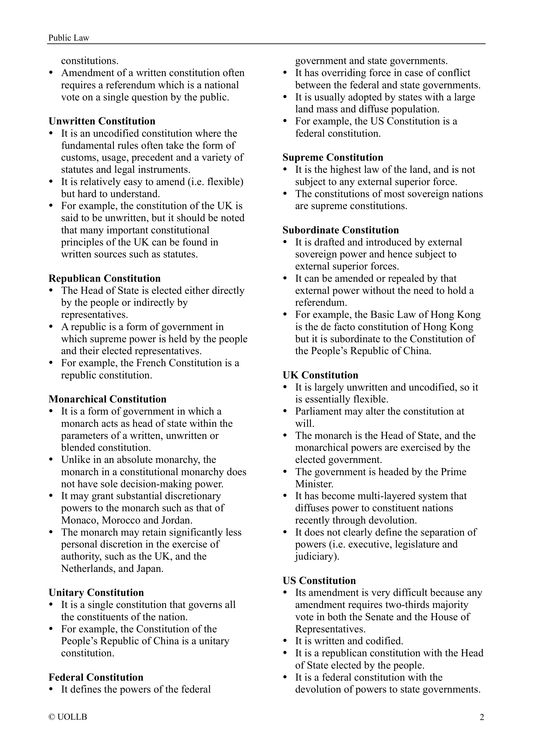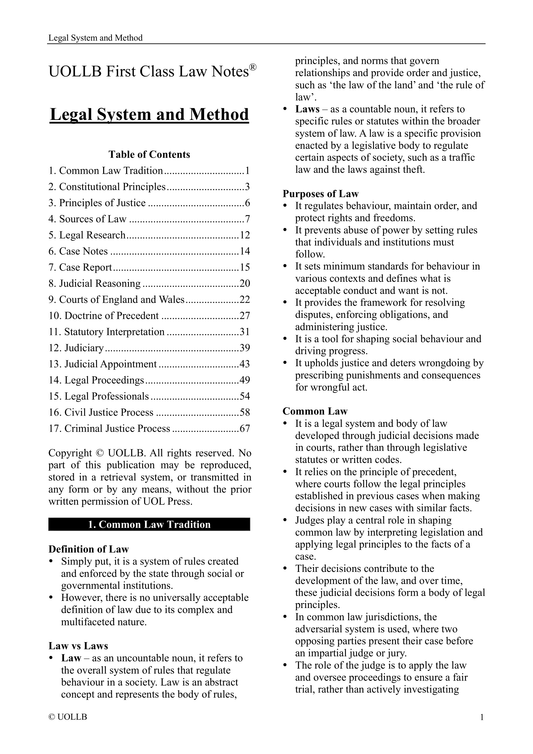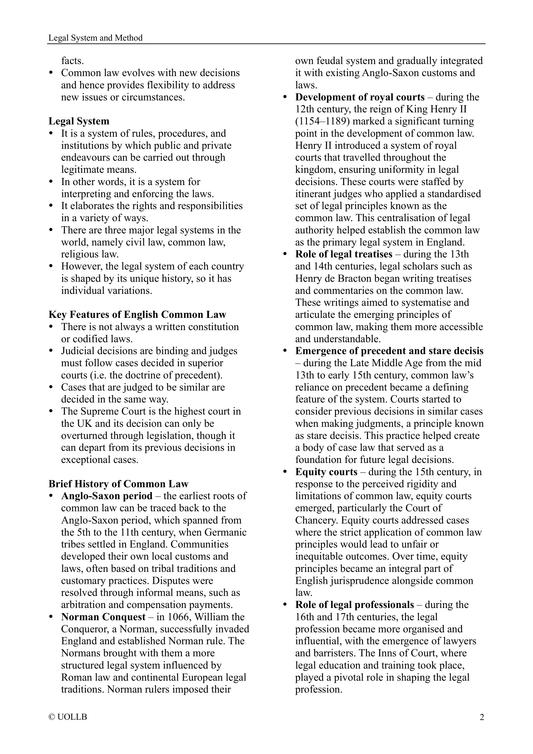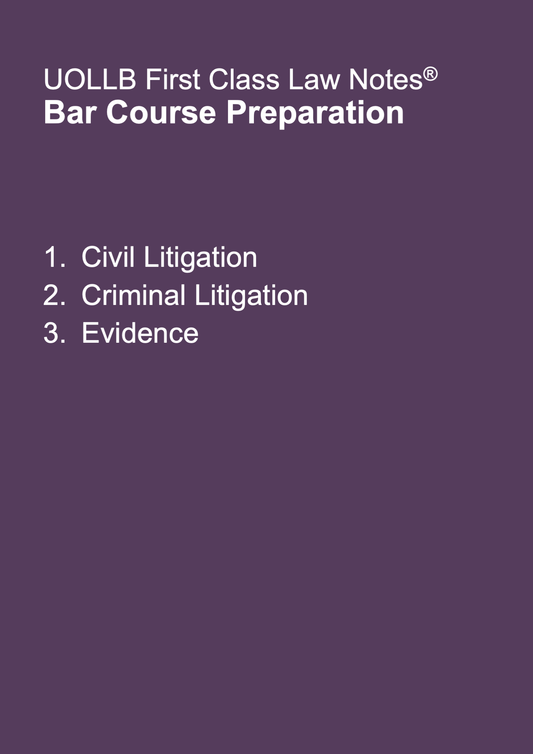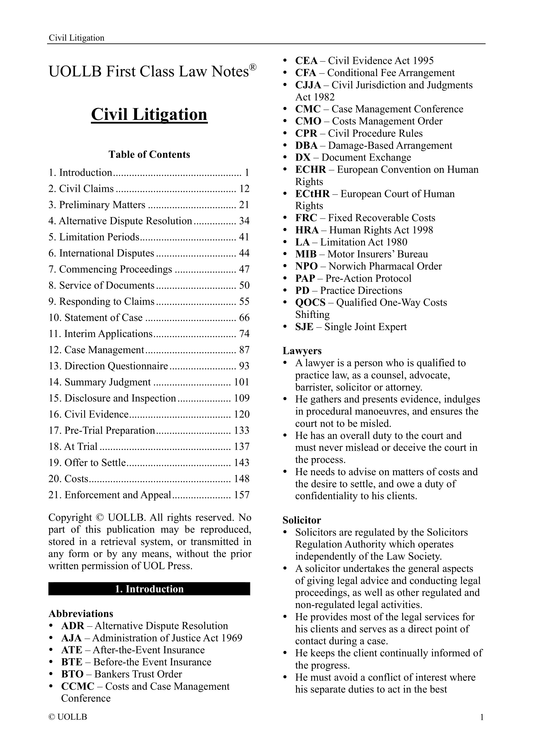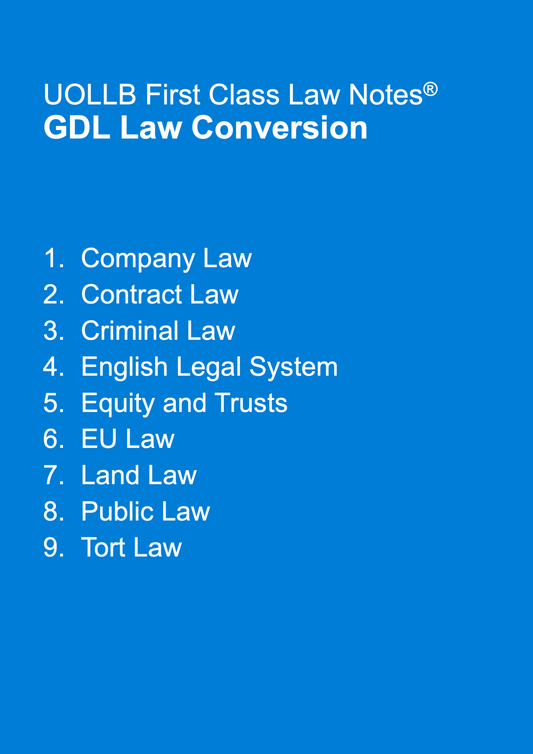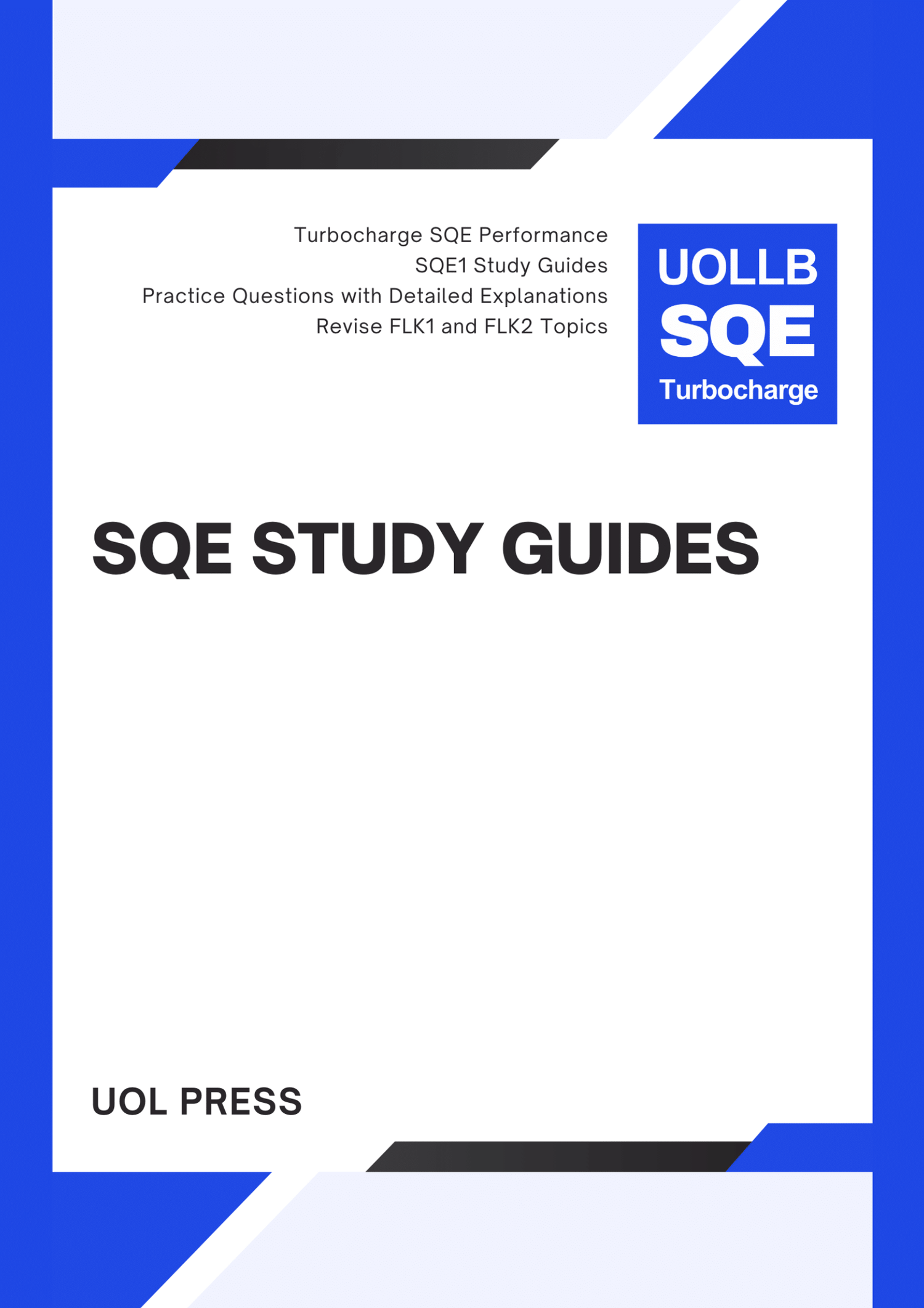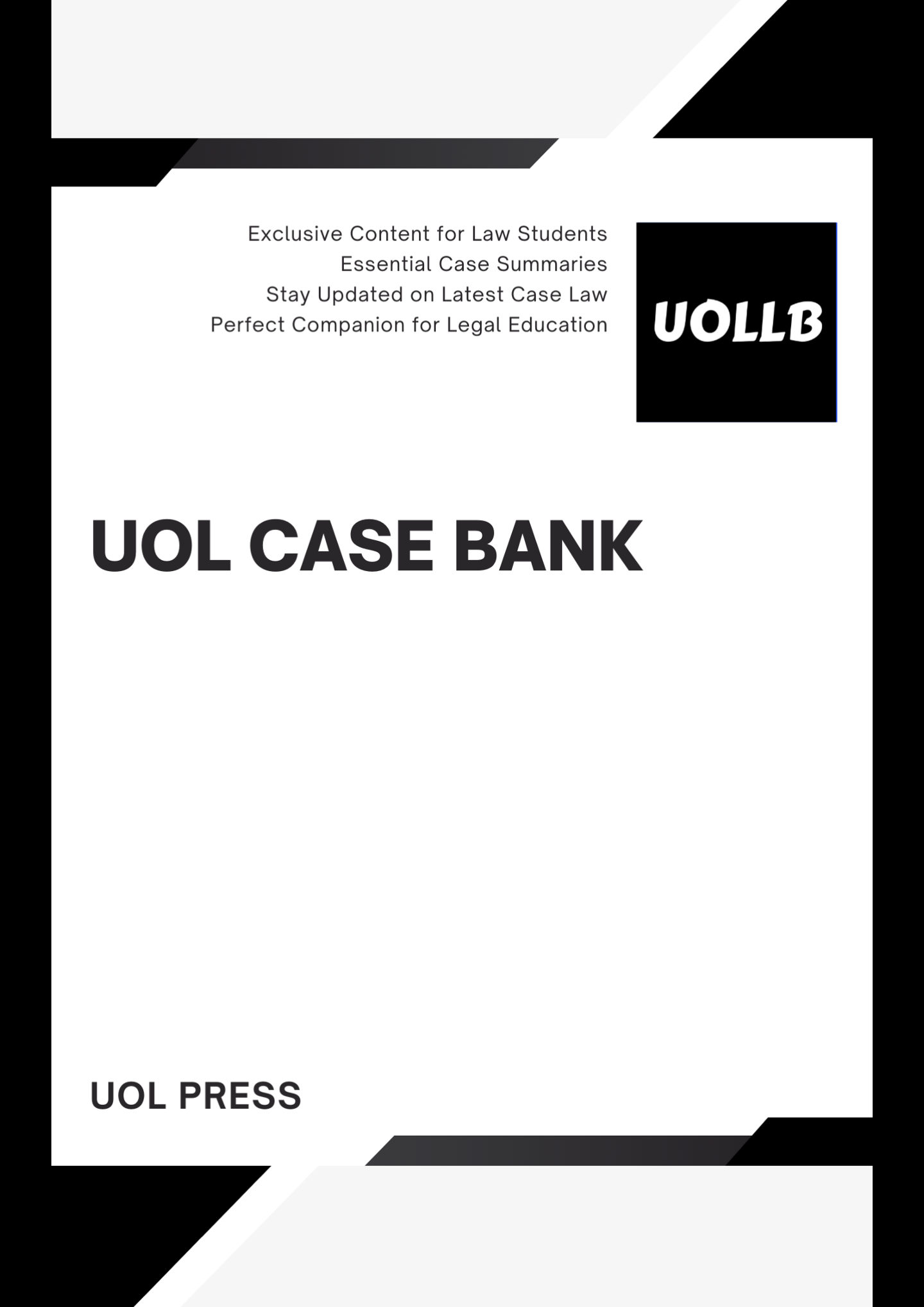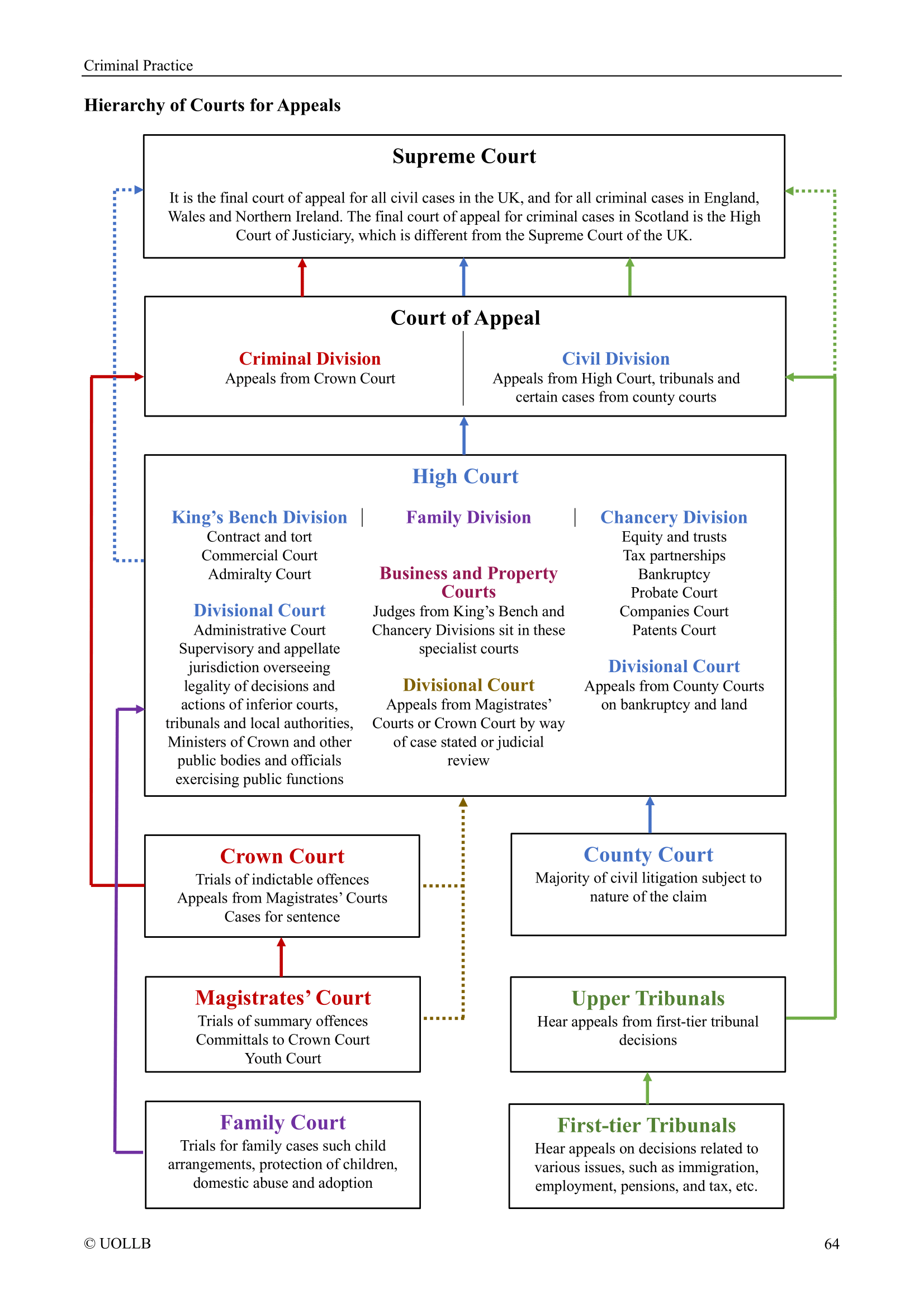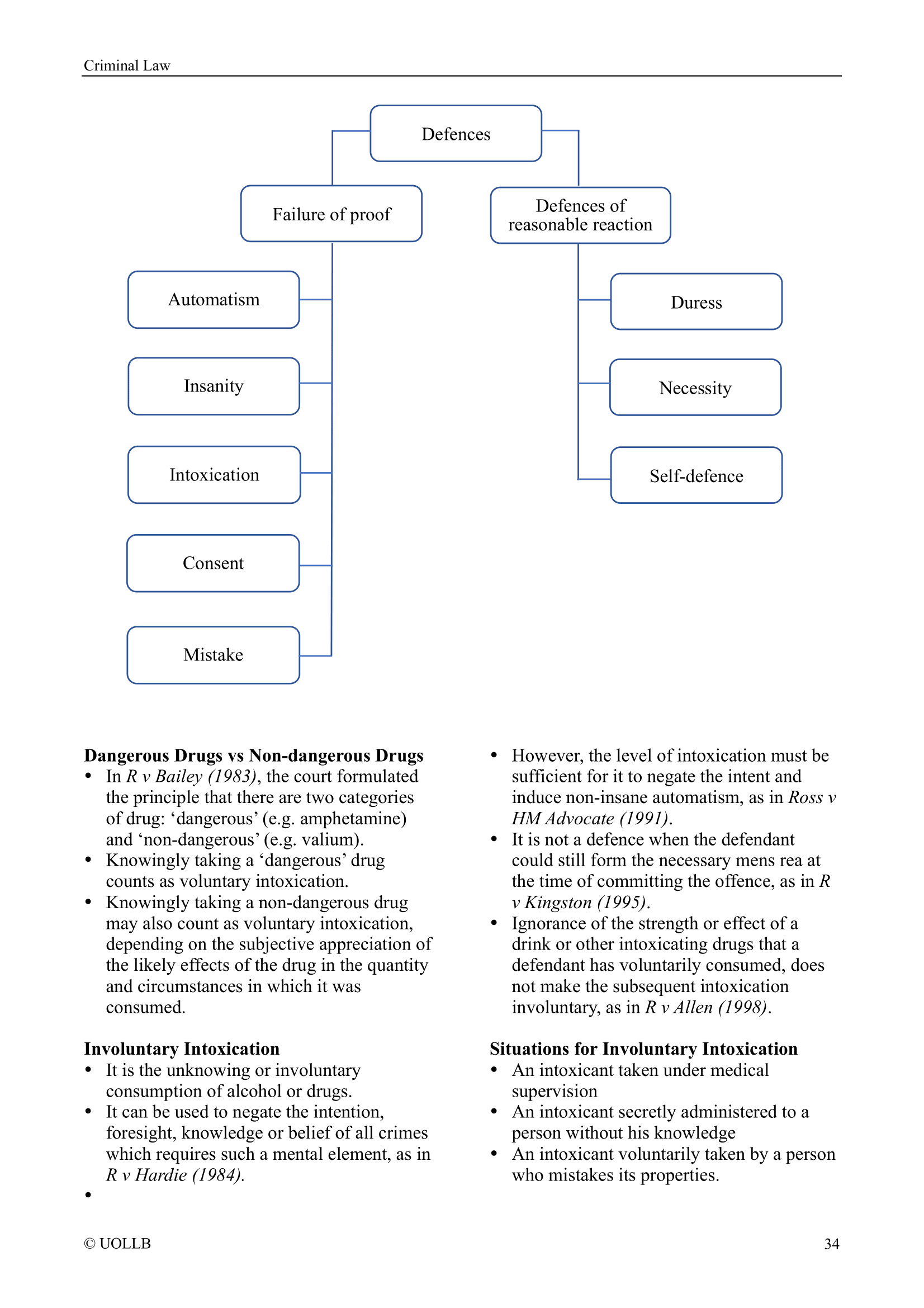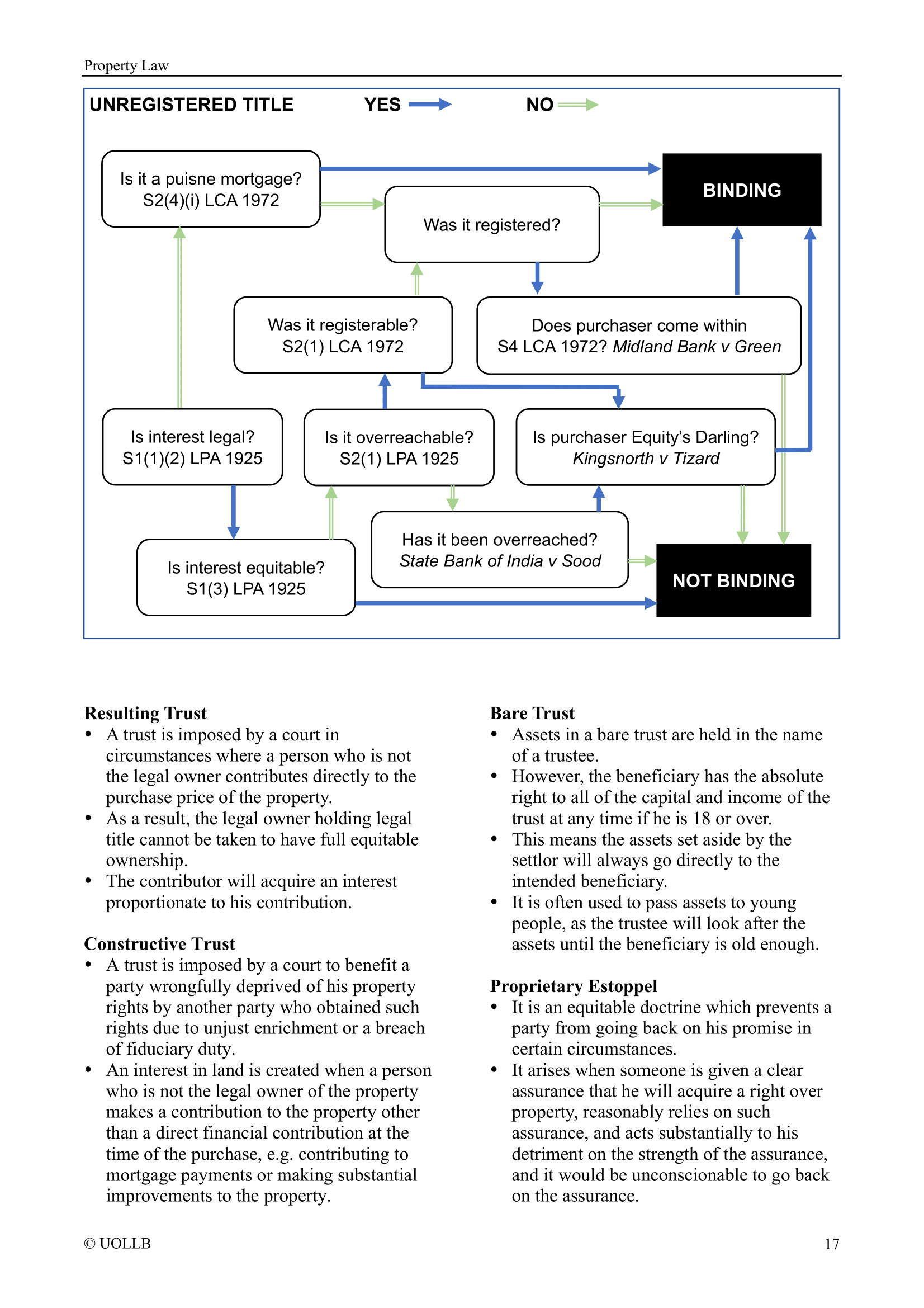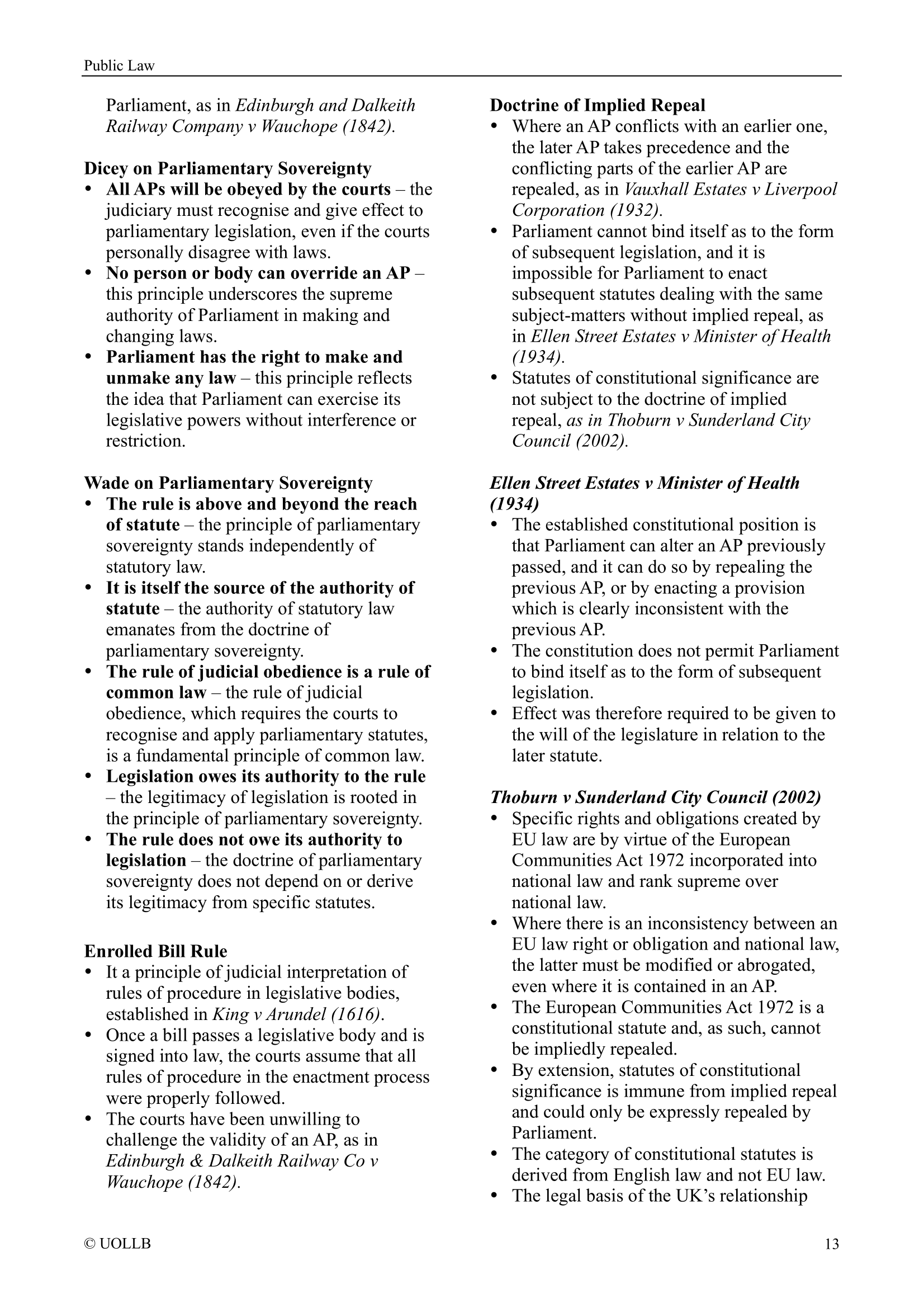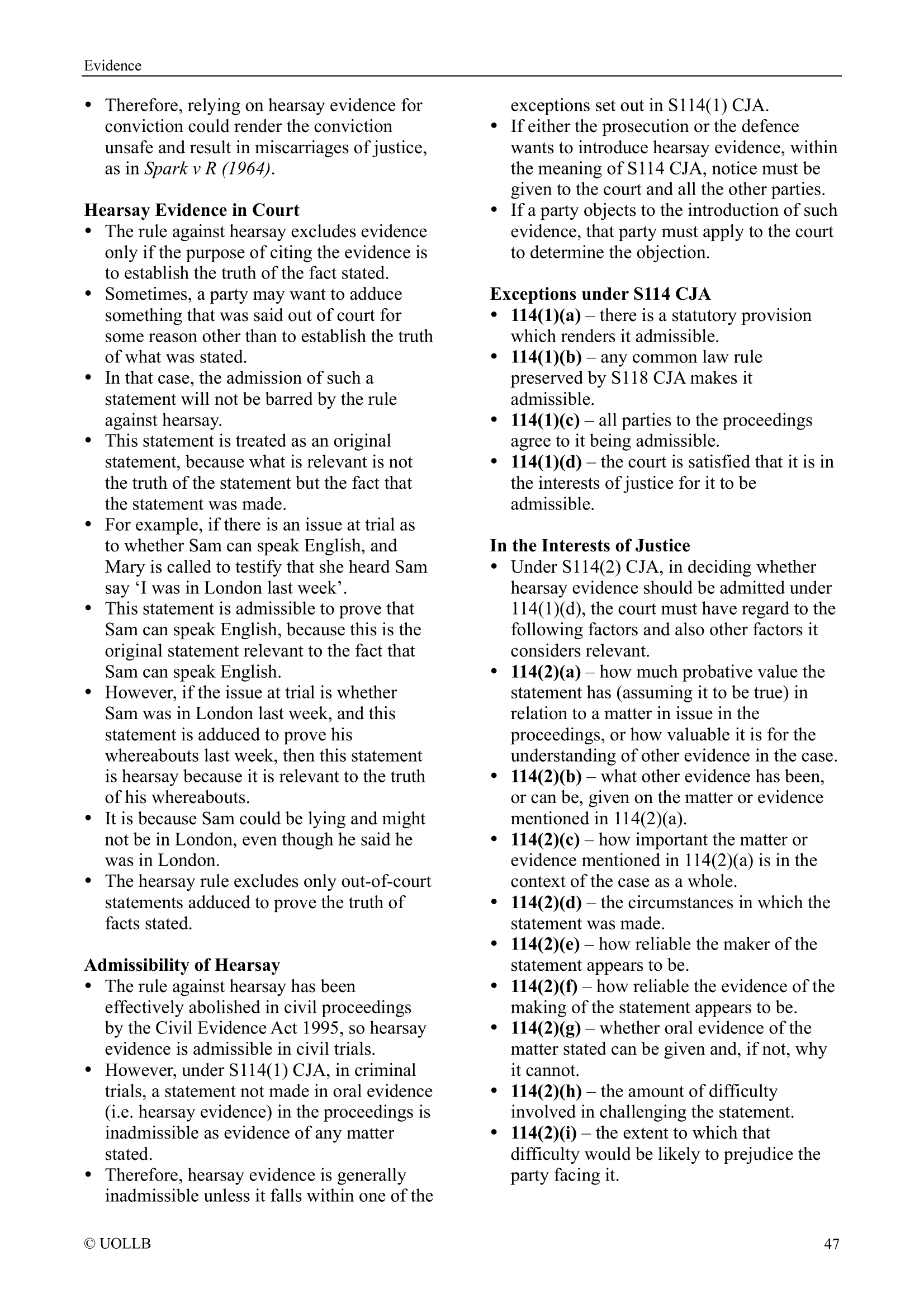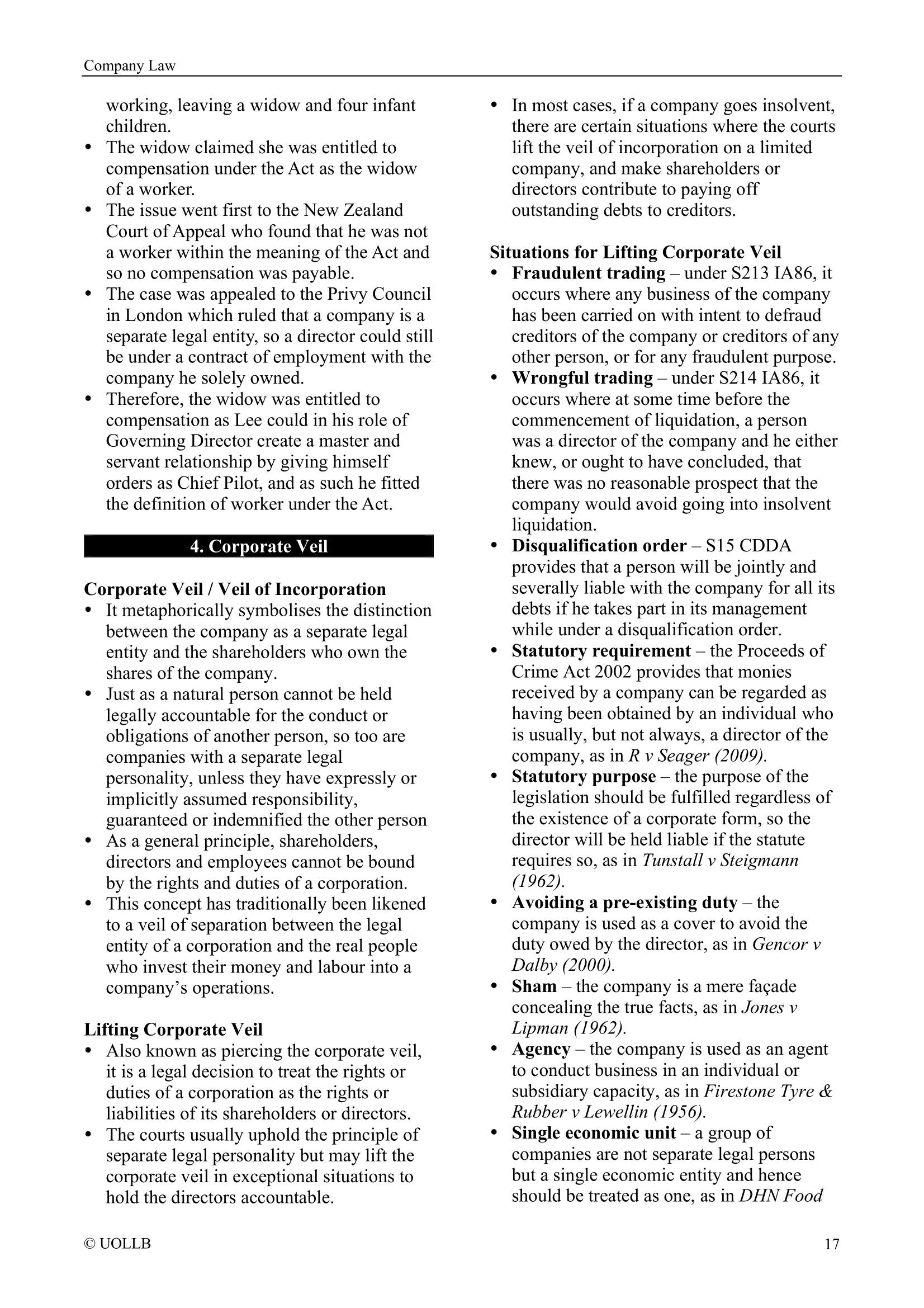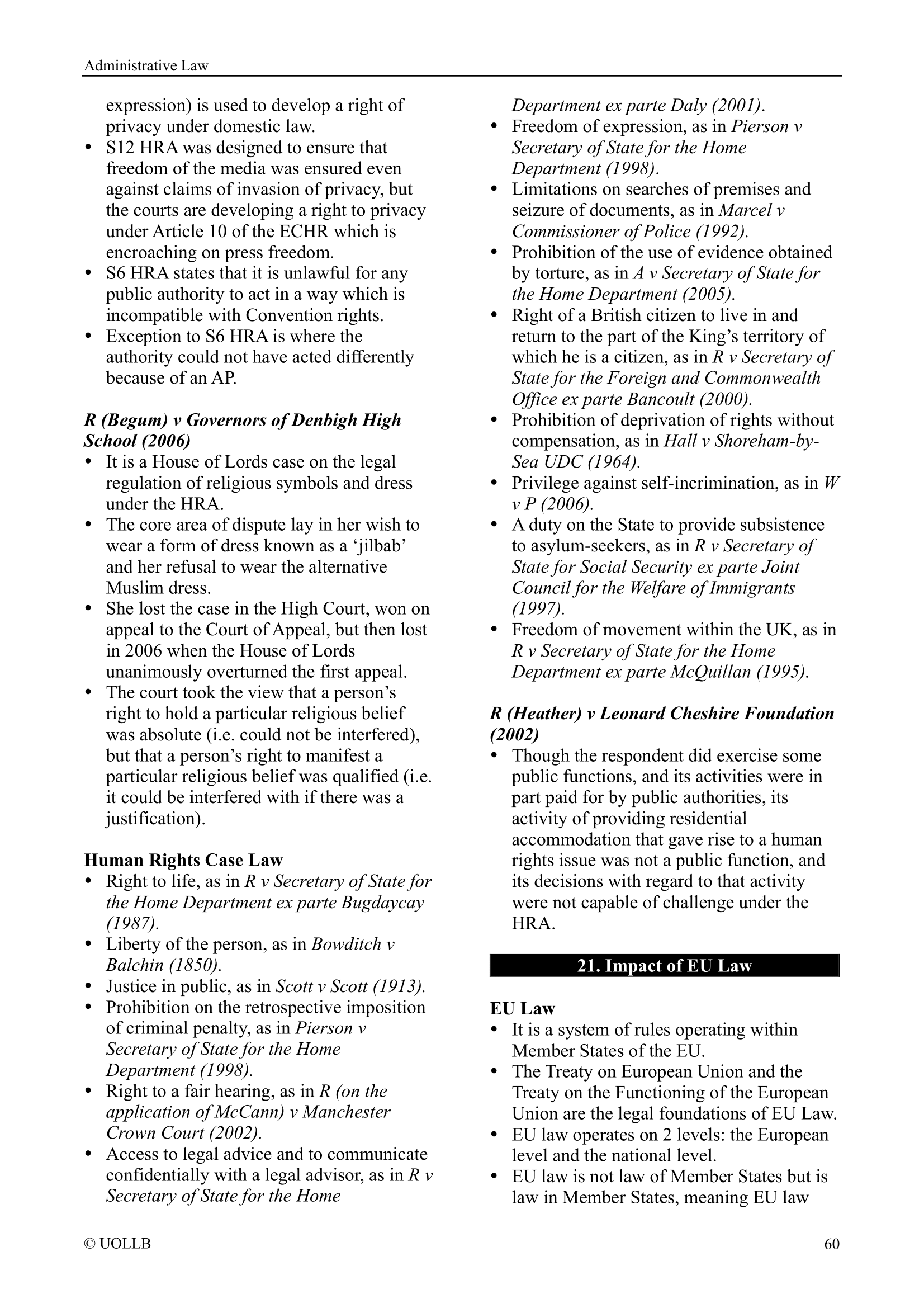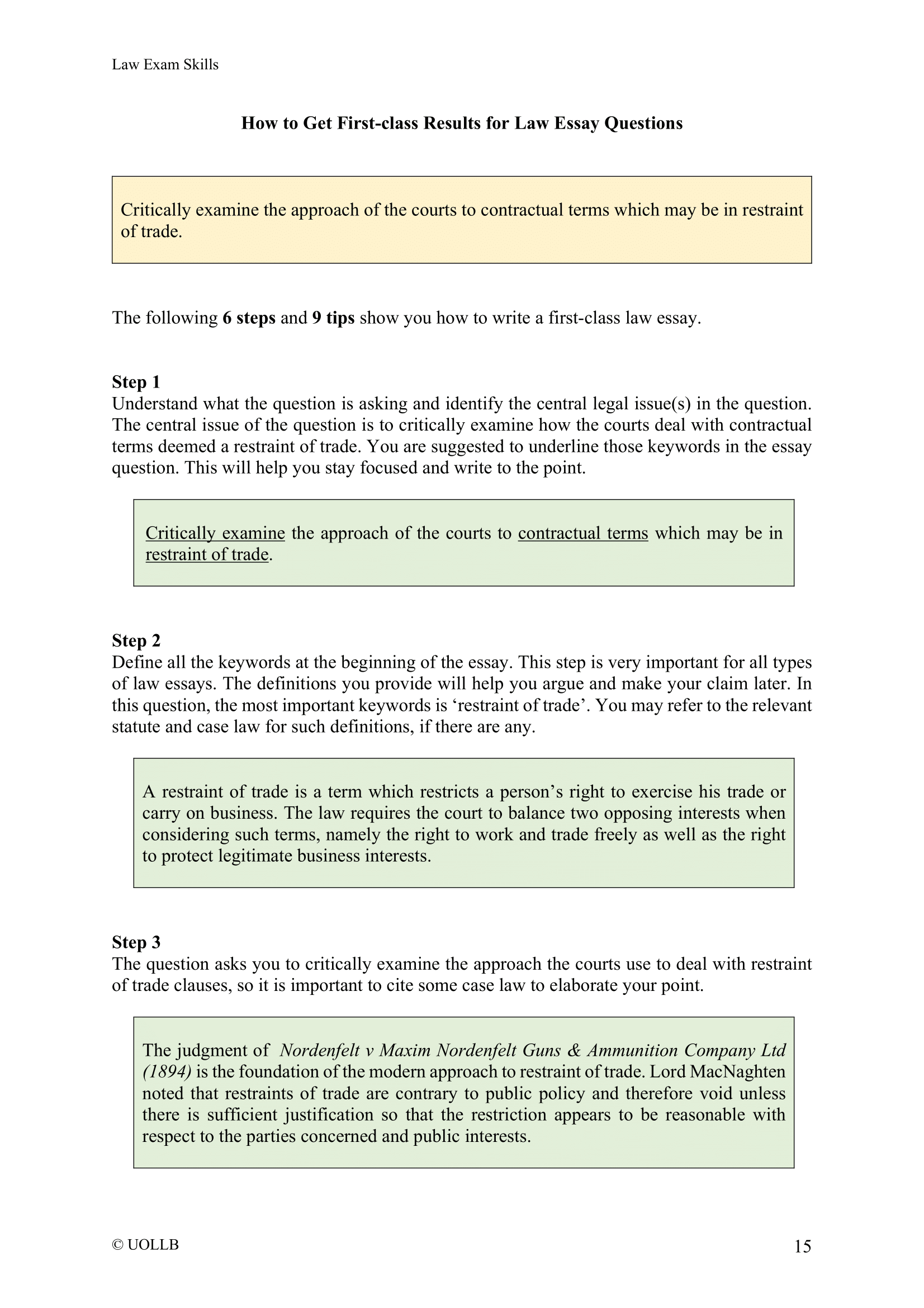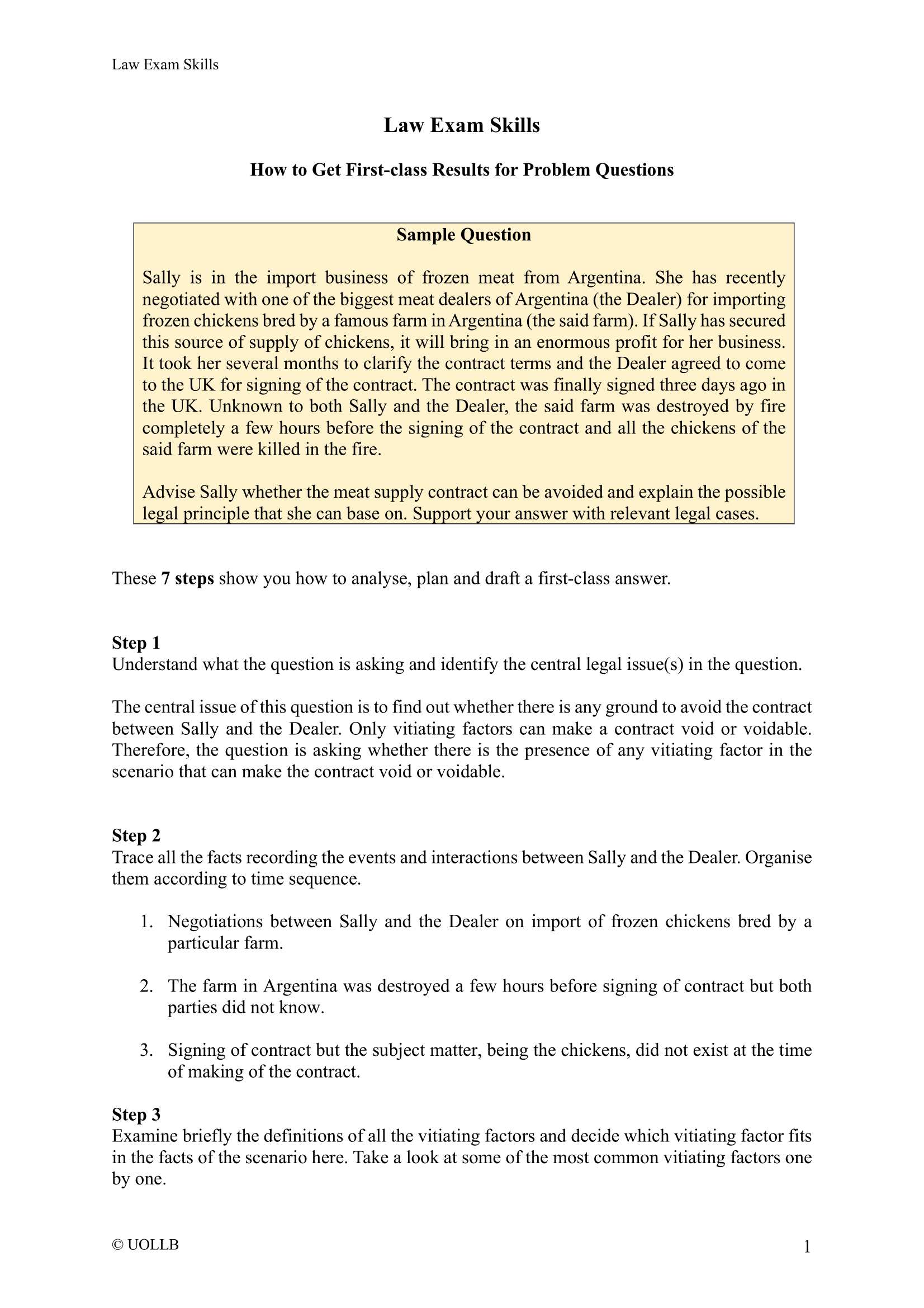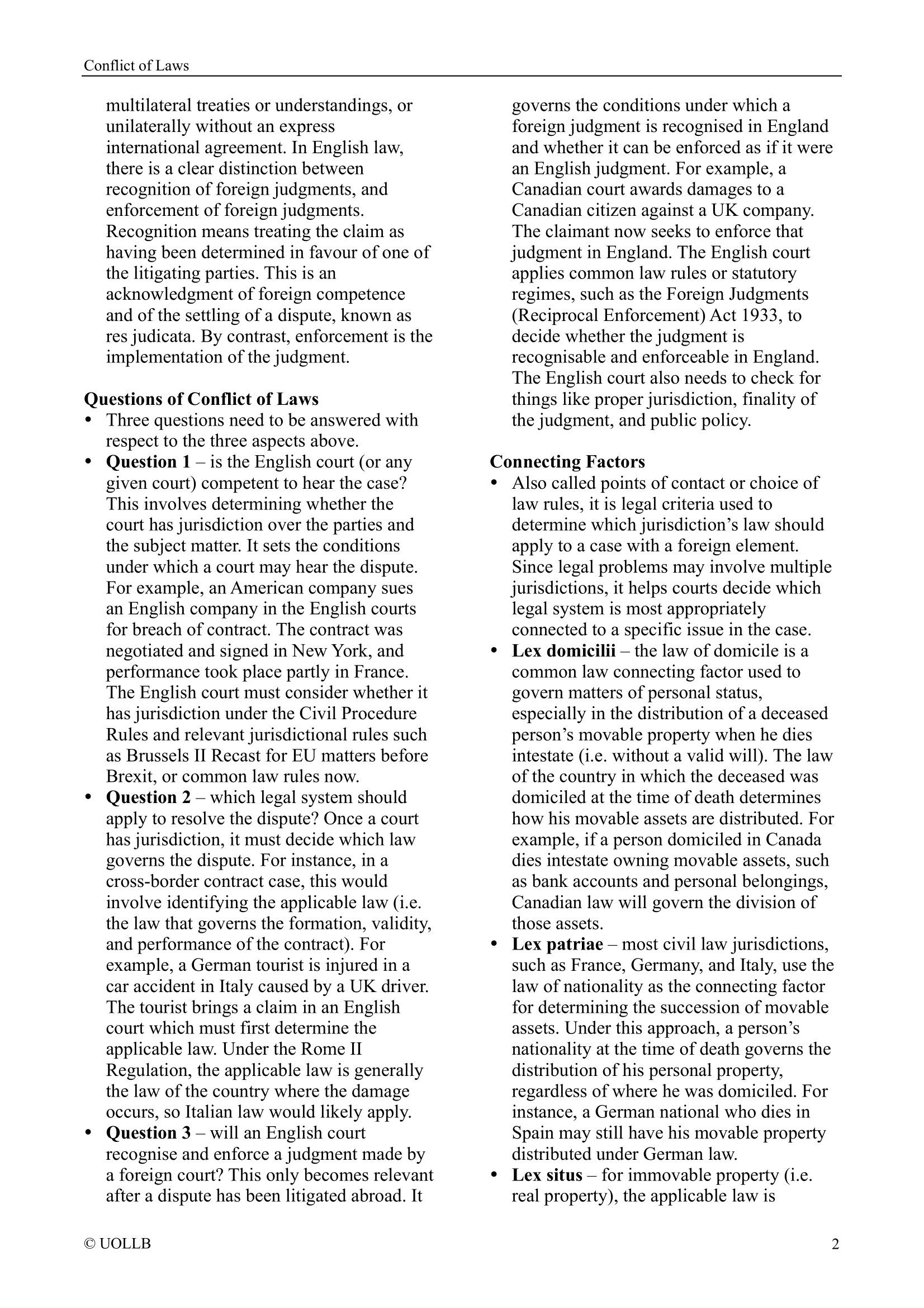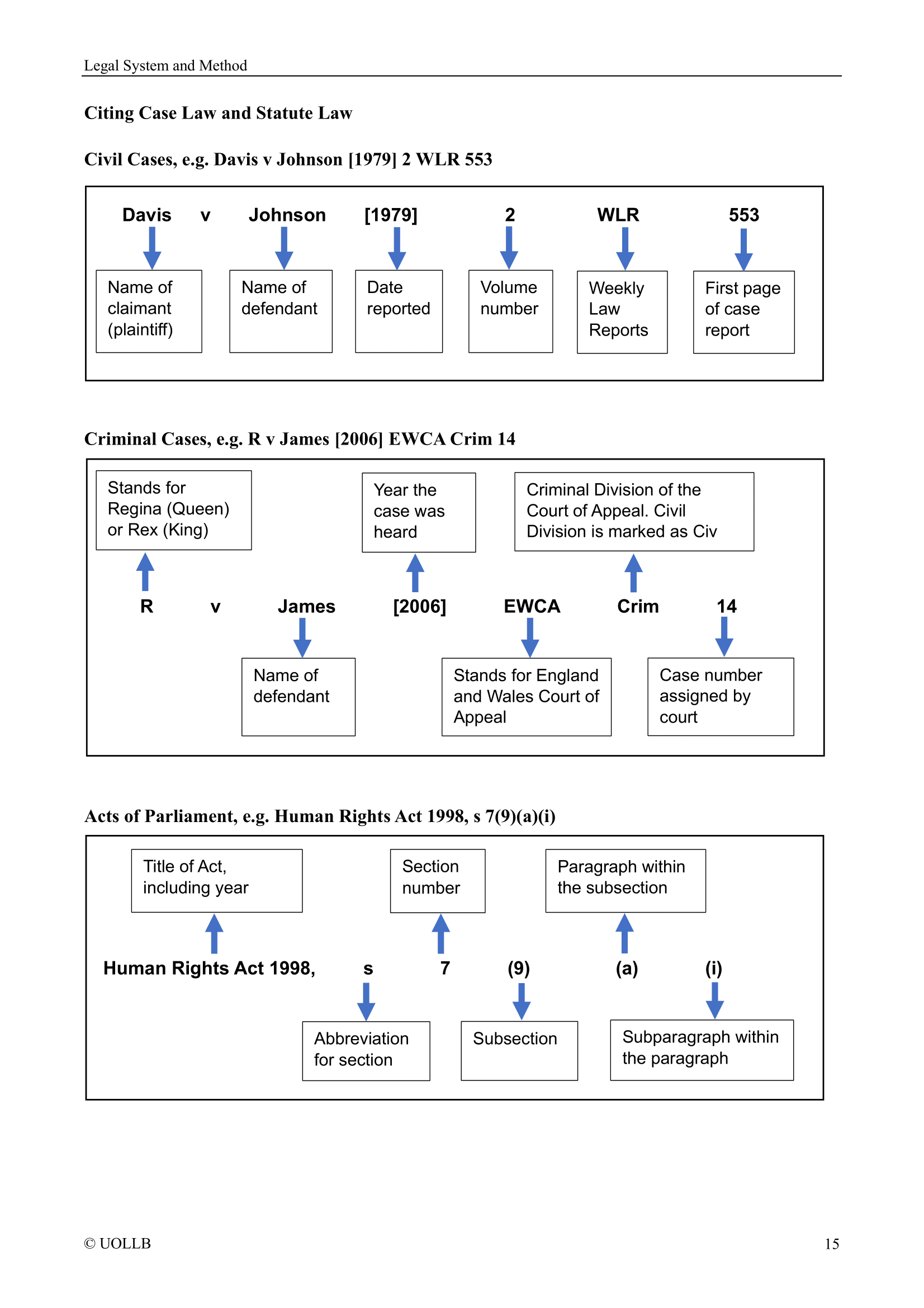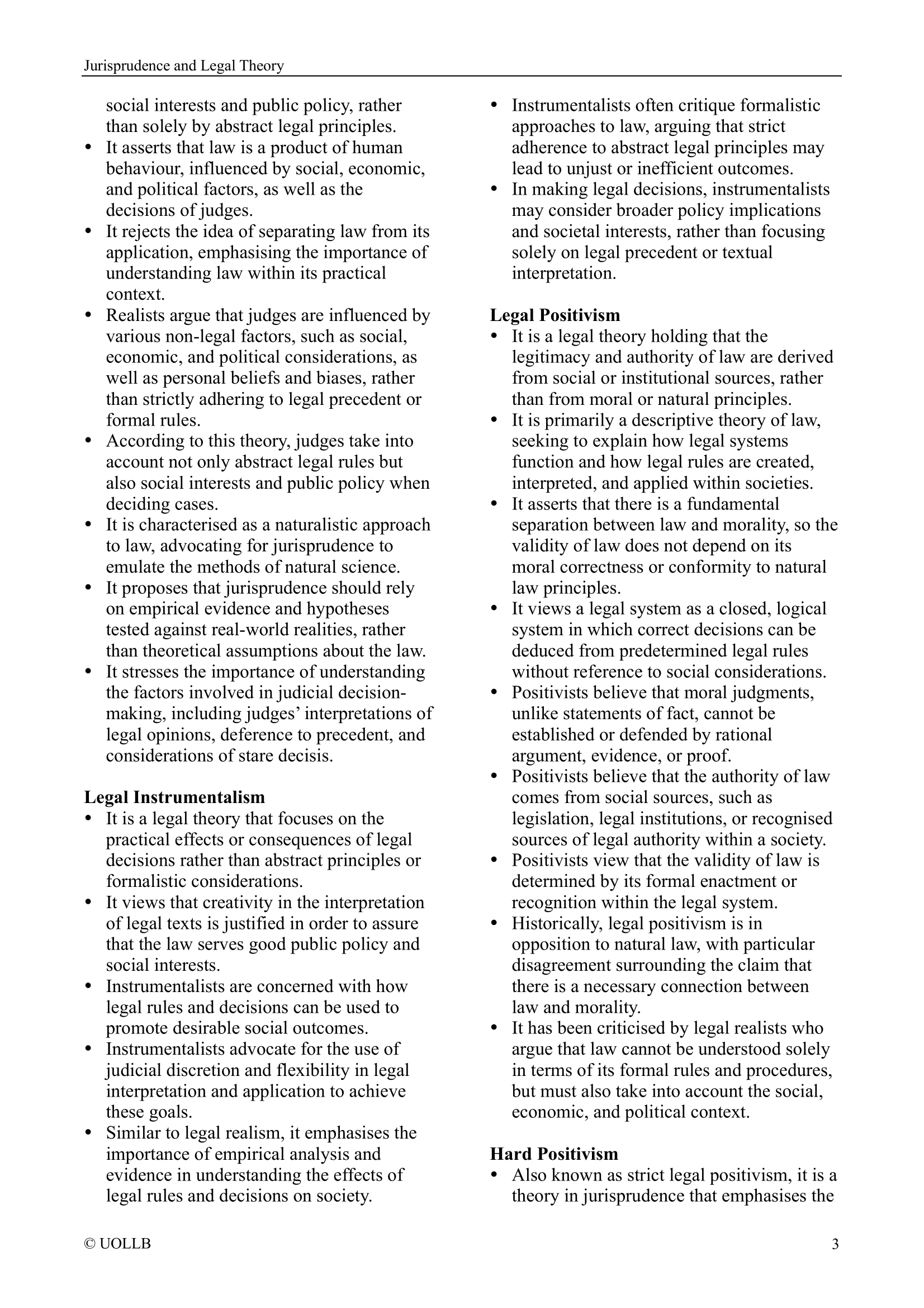R v Goodfellow [1986]
Share
R v Goodfellow [1986] 83 CAR 23 is an English criminal law case concerning the unlawful killing of another person, and it intersects with charges related to arson causing death by reckless conduct.
The appellant in this case was facing charges of arson and manslaughter. He intentionally set his own residence on fire, intending to create the false appearance of a petrol bomb attack. The motive behind this act was to generate circumstances that would lead to his relocation due to conflicts with neighbours. Tragically, the fire resulted in the deaths of his wife, son, and his son's girlfriend.
The jury was informed that the appellant could be found guilty of manslaughter if the unlawful act posed a recognisable risk of harm to another person, even if not serious, as long as all sober and reasonable people would acknowledge this risk. Importantly, the act did not have to be directly aimed at the victim as long as there was no fresh intervening cause between the act and the resulting death.
The jury was directed to determine if the appellant's actions created an obvious and serious risk of causing physical injury to someone. They also needed to be satisfied that, having recognised the risk, the appellant proceeded to take it. This instruction was based on the precedent set in R v Lawrence [1972].
Despite favourable instructions based on the Lawrence case, the appellant was convicted on multiple counts, including three counts of manslaughter, one count of arson, and one count of reckless arson endangerment. Following the convictions, the appellant appealed against the manslaughter and reckless arson endangerment charges.
The court held that the case could fall within either or both types of manslaughter. Regarding the Lawrence aspect, it was conceivable that the jury could have been satisfied that the appellant was acting in a manner that created an obvious and serious risk of causing physical injury and that, having recognised the risk, he proceeded to take it. The case was also deemed suitable for the "unlawful and dangerous act." The judge's instructions were considered correct, and the convictions for manslaughter were neither unsafe nor unsatisfactory.
In summary, R v Goodfellow involved a complex scenario where the appellant intentionally set fire to his home, leading to the deaths of three individuals. The court considered both the Lawrence-type case and the "unlawful and dangerous act" case, ultimately upholding the convictions for manslaughter and other related charges. The judgment reinforced the principles that intentional acts leading to a recognisable risk of harm, even if not directly aimed at the victim, can be considered as unlawful and dangerous acts resulting in manslaughter charges.
